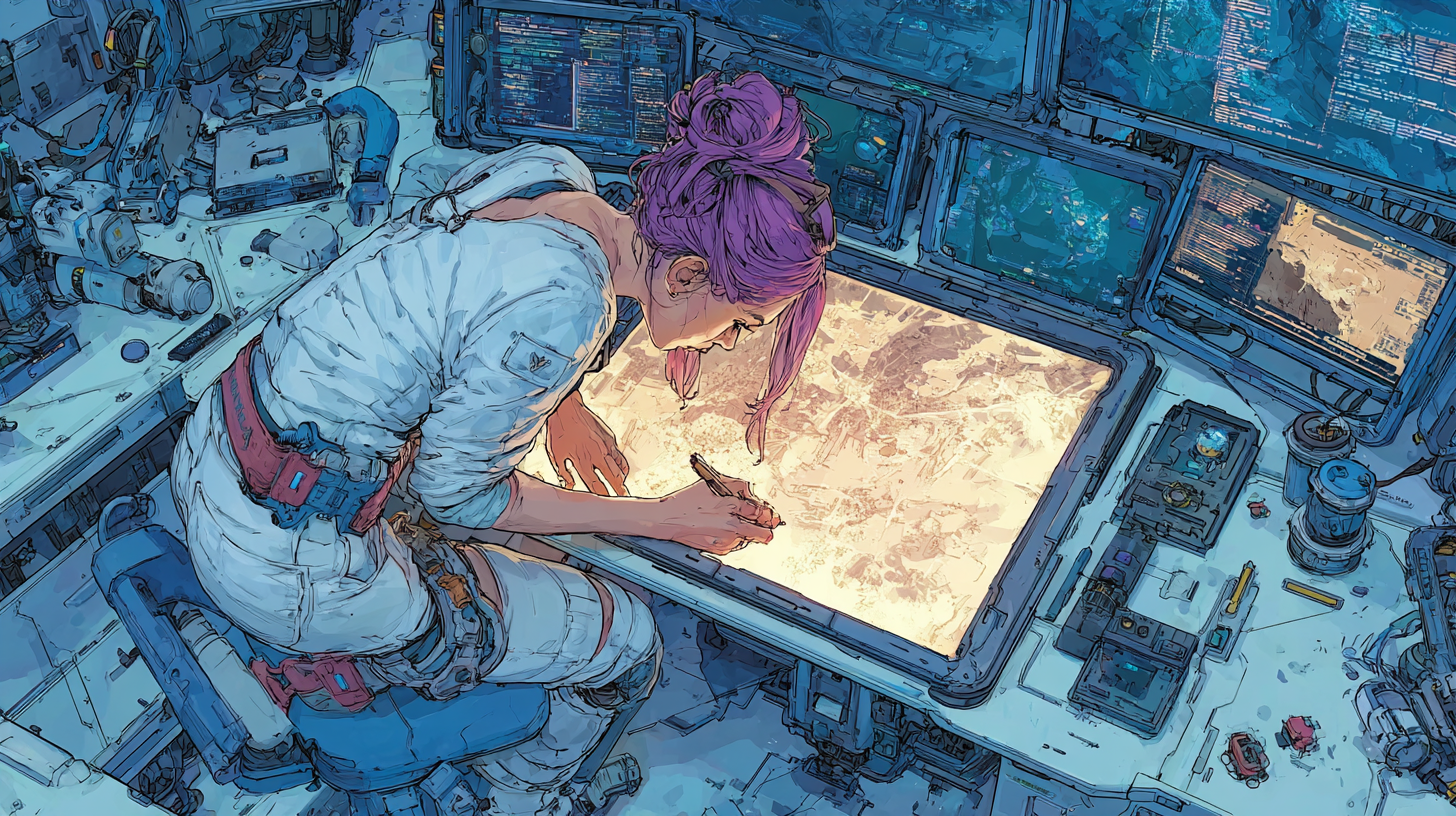Bottom Line Up Front: Artificial intelligence is rapidly transforming the enterprise software landscape, challenging established methods and requiring utilities and other large enterprises to rethink their technological strategies fundamentally. To thrive, organizations must shift from static, infrastructure-bound solutions toward agile, adaptive systems empowered by AI-driven, “just-in-time” capabilities. Embracing this transformation proactively, with awareness of both opportunities and inherent challenges, will be essential for resilience and sustained innovation.e: “Rooted in Resilience: Navigating the AI Revolution in Enterprise SaaS”
Every autumn, when the Santa Ana winds sweep across Southern California, I watch how the landscape responds. Some trees and plants stand firm, deeply rooted, unaffected by the fierce gusts. Others, fragile or poorly anchored, bend and break under the relentless force. Observing this annual dance, I’m reminded how resilience—whether in nature, our communities, or our enterprises—depends profoundly on how deeply and securely we anchor ourselves when inevitable storms arrive.
Working in a large utility enterprise, where our reliance on Software-as-a-Service (SaaS) solutions and legacy on-premise or on-device software forms the backbone of our daily operations, we often feel secure in our technological roots. It has served us well for years, and we have invested decades perfecting it. Yet, a new storm is gathering on the horizon: artificial intelligence. It’s neither distant nor theoretical anymore; it’s here, and it’s reshaping the landscape faster than many anticipated. Our traditional software—carefully built, maintained, and often bound by physical infrastructure—faces unprecedented disruption. To thrive—not merely survive—we must understand what this storm means for both our existing systems and future strategies.
Recently, Sam Altman, CEO of OpenAI, shared a fascinating vision of the future of AI, particularly its implications for B2B SaaS companies. Reflecting on this, I felt a familiar tug at my spirit—a blend of apprehension and excitement. Altman’s perspective is particularly relevant because it directly addresses the existential questions that large enterprises and their technology groups face today. Here’s an edited and expanded excerpt from an interview that deeply resonated with me:
Interviewer: “So one of the things that we’ve been debating at Y-Combinator is whether Artificial Intelligence is inherently good. It might be scary for software engineering companies creating B2B SaaS solutions. Imagine a future where each user has their underlying database. There’s an API layer integrated with your identity for access control, enforcing business logic, ensuring only the right people access the right information. An interface to a large language model (LLM) replaces your computer, creating just-in-time software tailored to your immediate needs. Say you have a complex business issue; you go to your machine, and it generates the exact code, artifact, or document needed—or retrieves it instantly from your filesystem when required again.”
Sam Altman: “That’s going to happen. There are two ways you can approach this. First, you can see this as the best time ever for startups because everything is shifting dramatically. Yes, as a Cloud SaaS company, it might feel unsettling that code we once carefully crafted could soon be generated instantly and automatically. It forces us to ask: What does this mean for us?”
“Alternatively, you might view this as an extraordinary leveling of the playing field. Traditionally, large enterprises held advantages—deep pockets, wide distribution—but their slow pace often held them back. Now, AI changes that calculus dramatically. It’s inexpensive compared to its enormous benefits, diminishing traditional advantages of scale and budget. The software landscape, as we’ve known it, is about to change completely.”
“The challenges AI brings are universal—no one is immune. But here’s the crucial insight: when the industry’s clock cycle shifts, as it is now, from Moore’s Law to the rapid iteration pace set by AI, startups historically win. The magnitude of this change is unprecedented. Act accordingly, with an entrepreneurial spirit. Companies concerned about defensibility might say, ‘We’re just a SaaS company,’ while others confidently declare, ‘We’re a just-in-time software company.’”
Altman’s insights bring into sharp focus the critical truth facing those of us entrenched in large, enterprise SaaS environments. Change is no longer incremental—it is seismic. AI isn’t just another storm; it’s a hurricane. Within our own IT Technology Strategy Group, we’ve engaged in lengthy discussions about this transformative shift—imagining future software as expansive cloud-based databases wrapped in layers of “self-driving software” that dynamically adapt to the evolving needs of users on any given day. Practically, this means software would anticipate user tasks, automatically adjusting workflows, creating real-time customizations, and proactively offering solutions, much like a skilled assistant who learns your preferences and anticipates your next request. This upheaval is an invitation to transform—to deepen our roots in adaptability, agility, and vision.
This change echoes another pivotal shift from our company’s past. When we first approached electrification, it was as revolutionary then as AI feels today. For example, the transformative moment of electrifying Los Angeles in 1917 marked a profound shift in industry and daily life. We offered cities and large organizations the ability to delegate their energy challenges—generation, transmission, and distribution—to us. In turn, we provided a reliable grid where consumers could easily plug in their tailored, just-in-time tools: refrigerators, vacuum cleaners, and, more recently, electric cars. Similarly, industries connected their factories, assembly lines, lights, fans, industrial equipment, and today’s robotic factories manufacturing electric vehicles. This historical analogy reminds us of our inherent strength in embracing change and innovation. We should recognize this pattern clearly, understand its implications, and resonate with its call for agility and adaptability today, just as we did a century ago.
As leaders and contributors in utility companies deeply reliant on SaaS, we must internalize Altman’s wisdom: embracing AI means reevaluating not only our technology stacks but also our fundamental strategies and mindsets. Our ability to swiftly respond to immediate needs, rather than leaning solely on static, prebuilt software, could redefine how effectively we serve our customers and maintain our infrastructures.
Yes, storms can uproot, disrupt, and devastate. But they also clear away the old, providing fertile ground for fresh, vibrant growth. Perhaps this AI-driven tempest is precisely what we need—a compelling reason to reassess and recommit ourselves to innovation, resilience, and proactive transformation. Yet, we should also recognize that this transformative journey may face challenges: employee resistance, uncertainty about changing roles, and apprehension about adopting entirely new ways of working. Acknowledging these obstacles openly can help us navigate them thoughtfully and compassionately.
In the face of uncertainty, let’s choose not merely to withstand but to flourish. After all, deep roots don’t fear storms—they welcome them.







Comments
With an account on the Fediverse or Mastodon, you can respond to this post. Since Mastodon is decentralized, you can use your existing account hosted by another Mastodon server or compatible platform if you don't have an account on this one. Known non-private replies are displayed below.